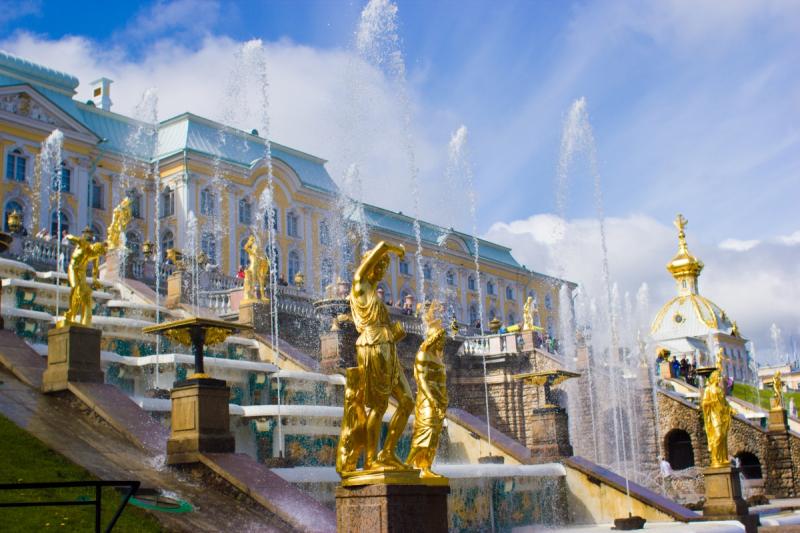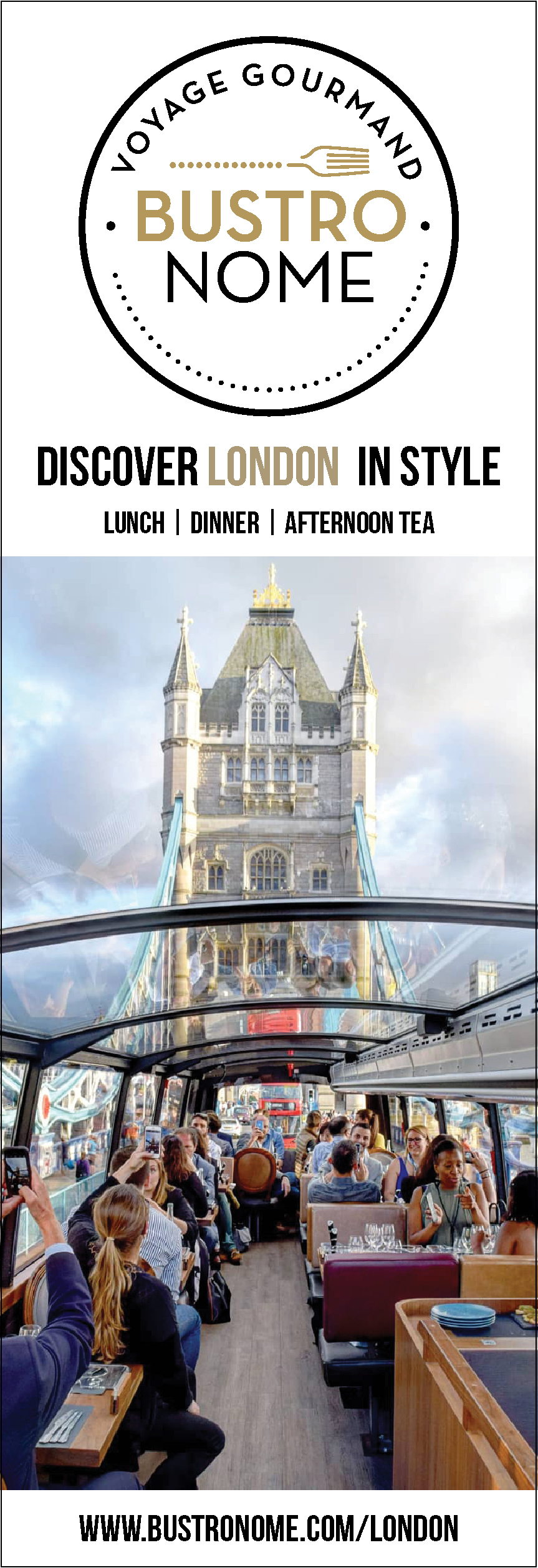
A Cruise through St. Petersburg
Colloquially referred to by Russians as simply Peter, St. Petersburg has had a number of names over its long and often tortured history. Originally named after its founder, Tsar Peter the Great, the city has also assumed the names Petrograd and Leningrad, until peace, and the original title, were restored in 1991. Now a UNESCO World Heritage Site and the cultural capital of Russia, St. Petersburg is one of the world’s most elegant cities and is a lot more European in its outlook than most other Russian destinations. For a city built on a swamp, St Petersburg hasn’t done too badly at all.
Heritage at the Hermitage
Spread over six historic buildings – including the famous cradle of Russian Revolution, the Winter Palace – the State Hermitage museum contains the world’s largest collection of paintings amongst its three million items. It is one of the oldest and largest museums in the world and is the undoubted jewel in St Petersburg’s crown. Featuring works from across the breadth of art history, from ancient Egyptian art to Italian Renaissance paintings to the Dutch Golden Age and the post-Impressionist era, a visit to the Hermitage will satisfy all tastes and interest. The collection of work is truly fit for a King and thoroughly deserves its place in one of Europe’s grandest palaces. In this plush setting, pieces by the likes of Rembrandt, Leonardo da Vinci, Michelangelo, Rubens, Monet, Van Gogh, Cézanne, Degas, Matisse, Picasso, and Kandinsky can be viewed in the way that their genius truly deserves.
Peter’s Parks and Palaces
The first thing that will strike most visitors to St. Petersburg is the almost overwhelming number of ornamental palaces that are dotted around the city. When Peter the Great moved his capital from Moscow to St Petersburg in 1712, he immediately set about creating a city that would befit a ruling Tsar. Italian architects were hired to create a ‘Venice of the north’, as St Petersburg is now affectionately nicknamed. A network of canals that cut between Baroque and Neo-Classical architecture now form the basis for Russia’s palace city. The list of grand buildings that should grace any self-respecting tour of St. Petersburg include the Peterhof Palace and Garden, the Pavlovsk Palace and the Yusupov Palace, site of the gruesome and untimely murder of history’s infamous “mad monk”, Rasputin.
Visitors to St. Petersburg should set aside some time to take in the area of Pushkin. Previously known as Tsarskoye Selo, or the “Tsar’s Village”, this southern section of the city is known for its numerous imperial parks and palaces. Foremost among these is the Catherine Palace, a former summer residence of Russia’s pre-revolution monarchs. More than 100 kilogrammes of gold were used to create the sophisticated stucco façade and the numerous statues that are situated at the entrance and in the gardens, whilst rumours abounded that the palace’s entire roof was made of gold. Despite being almost completely obliterated by German troops during the Second World War, the palace was painstakingly restored at great cost and effort. Today, visitors can wander through numerous lavishly decorated rooms, including the astonishing Amber room, whilst those blessed with sunny weather during their visit can head out into to the spacious and beautifully maintained gardens.
Share this article:




















